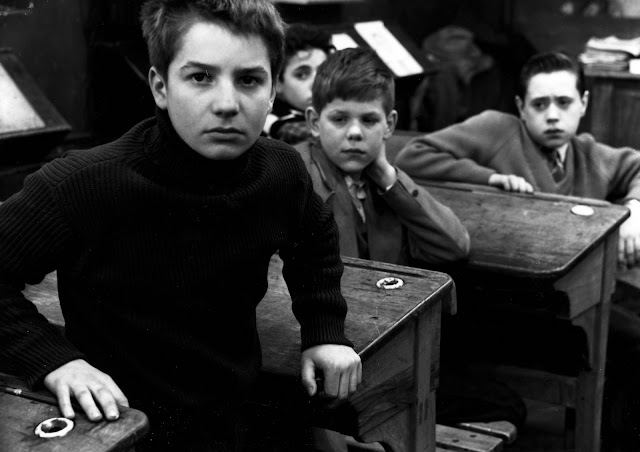A Japanese Tragedy (1953)
Keisuke Kinoshita's "A Japanese Tragedy"
Keisuke Kinoshita's 1953 film "A Japanese Tragedy" was a stark reckoning of the aftermath of the war on contemporary Japanese life. Kinoshita was a Japanese director who is considered one of the great Japanese directors in the Japanese Golden Era of cinema. His films often dealt with the harsher realities of social structures breaking down specifically due to the tragedy of the war itself. "A Japanese Tragedy" was no different.
"A Japanese Tragedy" centers on a woman who receives nothing but shame and disdain from her older children in the wake of the war. Kinoshita intercuts between the present resentments and the sacrifices the mother had to make for her children in order to feed them and survive the difficult times. The children, now entering adulthood, now no longer understand these sacrifices and only see their mother's prostitution and lower status as shameful and un-motherly. They begin to turn away from her and abandon her completely by the film's end, leaving her alone, destitute, and in a tragic state.
What is great about Kinoshita's visual intercuts between present troubles, wartime sacrifices, and political upheaval is that, visually, he is presenting a state of fracture. The story itself primarily focuses on the fallout from desperate mothers at the time, but the abstract thematic point the film is making generally is that all of Japanese society suffered from the catastrophe.
All of the characters, including unseen or ancillary characters are utterly corrupted and take everything for themselves. What the war has taught them is that they can only look out for themselves in order to survive. From there, corruption begins to seep into every fiber of the story into every character. Despite the mother doing whatever it took to get her children to survive the troubling times, her children have grown resentful and selfish. They've merely become products of their time. The sacrifices made by the mother stem from an older generational style of Japanese femininity, whereas her children have become sober, taciturn, and independent to match the chaotic and corrupted modern Japan.
To me, this is the central conflict of the film: Japan in a state of chaos and disorder. The fallout of the war is more than just economic devastation. It is the utter corruption of society and humanity itself. Political disorder, backstabbing, selfishness, and the utter breakdown of Japanese tradition and society is the 'tragedy' of the film's title, on top of the individualized tragedy of the story's central mother figure. To me, this is what makes the film so harrowing: that Japanese society has completely crumbled under the weight of the new world order that it can inextricably never be mended.




Comments
Post a Comment